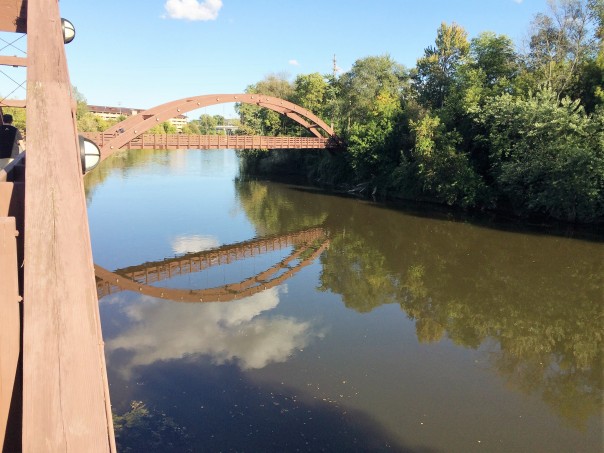
How to make great pizza, and not miss the cheese.
There are many reasons to avoid eating cheese. For health reasons – cheese can trigger migraines; you may be allergic/intolerant to dairy products or counting calories/on a weight loss diet. For ethical reasons – you may be cutting down on the amount of dairy and meat you consume, or follow a vegan diet.
The ethical issues of the environment and animal welfare certainly made me cut down on the amount of dairy, eggs and meat I consume, however I stopped eating cheese about eighteen months ago, when my gastroenterologist put me on a controlled elimination diet and I feel a good deal better when I don’t eat dairy at all.
Homemade Pizza is a great favourite in our household, it’s comfort food, and a staple of our celebration and party food. Pizza means cheese, and lots of it. So, it was with a good deal of trepidation that I attempted that first cheese-less pizza!
Homemade pizza is still a great favourite in our household. It is still comfort food, and still served at celebrations. Will you believe me when I tell you that I don’t miss cheese and enjoy cheese-less pizza better than a cheese-laden one? It’s true!
This recipe makes two 10/12” pizzas.
Here is how we make pizza.
Ingredients:
Pizza Dough:
Use your favourite pizza base or make a dough as follows:
½ teaspoon dried yeast
300g pizza flour or strong white flour or strong gluten free flour
½ teaspoon sugar
1 tablespoon olive oil
1 teaspoon salt
200ml water (slightly warm water is best to activate the yeast)
We make our pizza dough in a bread maker – it has a 45-minute pizza dough setting. We add the ingredients to the bread maker pan in the order they are shown.
If you don’t have a bread maker add all the ingredients to a large bowl and combine. Use the dough hook on an electric mixer, or knead by hand. Knead the dough for about 10 minutes. Put the dough back into the bowl and cover with a tea towel. Leave the dough to prove (rise) for about 30 minutes – it should double in size.
Split the dough into two portions and roll each out into a thin round.
Now you have a choice – you can either bake the bases at 200C/392F/gas mark 6, for 8-10 minutes, or put the topping on the uncooked base. It really depends on how thick you’ve made the base, how much topping you are going to add, and how crispy you want the base to be. Very thin bases with minimal topping won’t need pre-baking. A thick crust, fully loaded pizza will probably benefit from having the crust pre-cooked.
Topping:
½ cup tinned chopped tomatoes
1 tablespoon sundried tomato puree, or tomato puree
½ teaspoon dried mixed Italian herbs
Small clove of garlic, finely minced – or ¼ teaspoon garlic powder
1 tablespoon (approx.) olive oil
Salt and pepper
About half a jar of grilled roasted artichokes
Half a red bell or sweet pointed pepper – thinly sliced (optional)
½ cup sliced mushrooms (optional)
3 tablespoons vegan parmesan cheese.
Combine the tomatoes, puree, herbs and garlic together into a thick paste. Add the olive oil until you get a nice spreading consistency. Season with salt and pepper. Spread evenly over the pizza bases.
Place pieces of artichoke evenly across the pizza and add toppings of your choice. Pepper and mushrooms are always a hit in our house. You could use sweetcorn, pineapple, onion, roasted sweet potato, roasted butternut squash, rocket. Whatever you fancy.
Sprinkle a generous layer of vegan parmesan over the top of the pizza and cook at 200/220C (392/428F, Gas mark 6/7) for 10 minutes.
Enjoy!









